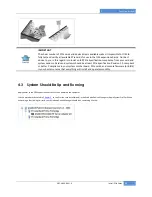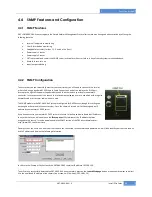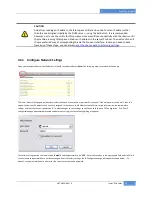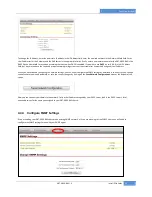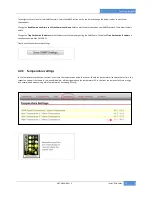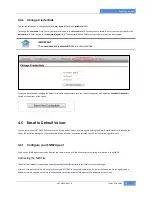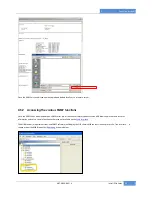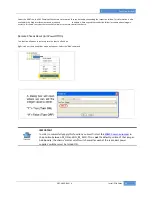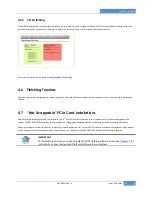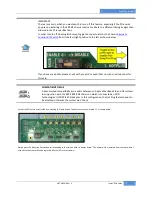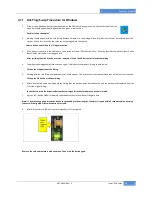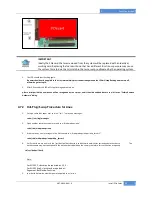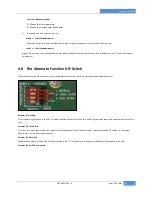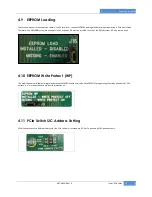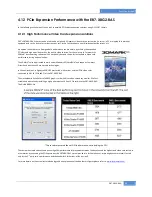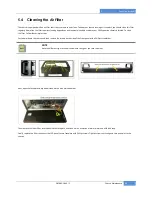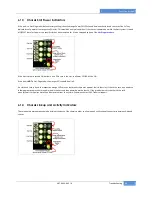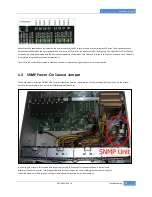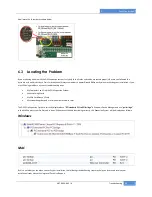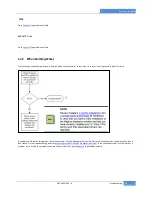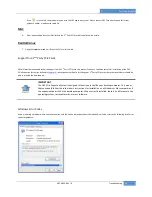
Ones Stop Systems
EB7-X8G2-RAS |
42
4.12 PCIe Expansion Performance with the EB7-X8G2-RAS
In the following section we will take a look at possible PCI Express expansion solutions using OSS’s EB7 chassis.
4.12.1 High Performance Video Card expansion solutions
OSS’s EB7-X8G2-RAS chassis can be used to add a high end PCI express video card to a system, be it a server, a PC or a laptop that were not
equipped with such a device for various reasons: cost, lack of physical space, heat dissipation considerations, etc.
A question then arises as to how good of a performance can we obtain by utilizing the expanded
PCIe bus and high end video card vs. the built in video solution. For that we turn to Futuremark’s
3DMark® benchmarking software which has quickly become the de-facto standard in Video card
performance testing and evaluation.
The 3DMark® suite is optimized to work under Windows XP/Vista/Win7 and supports the latest
DirectX and derivative 3D multimedia technologies.
In this environment, a Gigabyte X58-UD5 was tested with various external PCIe video cards
connected to Slot #1 (PCIe x8G2) of the EB7-X8G2-RAS.
The motherboard has a Geforce 7600GS graphic card which is used an secondary monitor. We first
established a baseline by installing a high performance x16 Gen1 PCIe card into the EB7-X8G2-RAS:
The Nvidia 8800 Ultra.
* These tests measured the net GPU performance, not including the CPU
The comparison table above shows an average 54% performance improvement between the baseline and the highest-end video card tested. In
other words, by expanding the PCI Express bus, the EB7-X8G2-RAS system was able to facilitate an ever-improving benchmark result limited
only by the 3
rd
party card’s performance and the bandwidth limitations of the bus itself.
For more details on the actual test methodology and an explanation of the benchmark figures please refer to:

